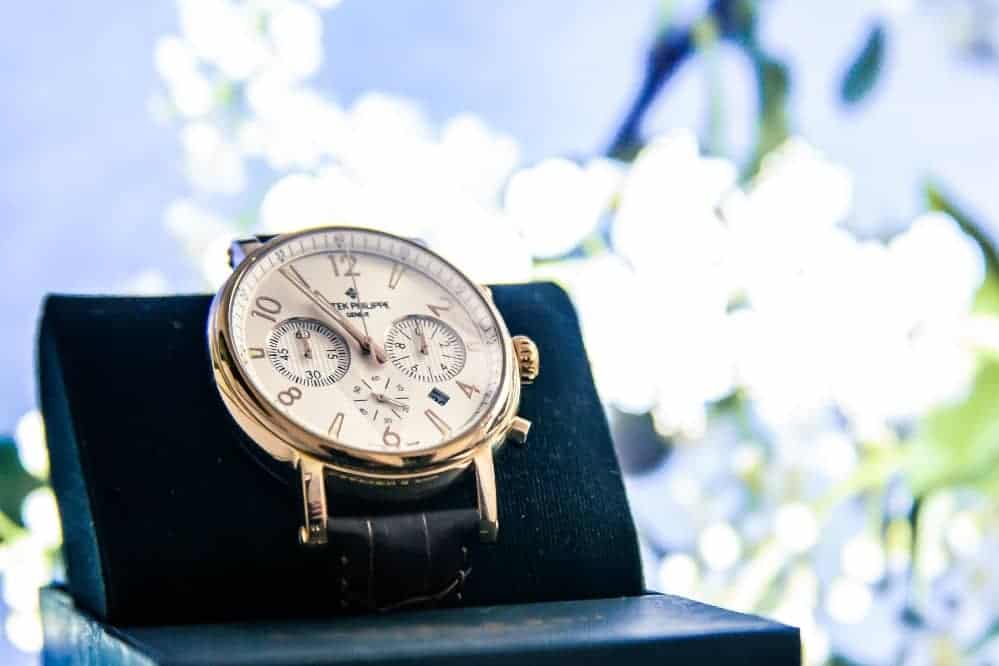There are sometimes terms that seem interchangeable but are actually not. Two such terms are “vintage” and “antique.” To the uninitiated, the two seem interchangeable because they both mean the same thing in a sense: old.
But there are differences between being vintage and being antique. Being able to make that distinction is important. When it comes to watches, there is a serious distinction between the two and things to look out for.
What Is the Difference?
The simple explanation is the age of the piece. For something to be considered vintage, it has to be anywhere from 20 years old to 99 years old. Antique, meanwhile, is anything that is 100 years old and on.
The cool thing is that, with enough time, vintage can become antique when it hits the triple-digit mark. But there are other things that come into play in the distinction rather than simple age. Five of those things are discussed below.
1. Serial Number
No matter the manufacturer, every timepiece should have a stamp on it from the manufacturer telling you the date of production. It should be visible somewhere on the watch, though the location depends on the manufacturer.
With that serial number, you can find out not only when it was made, but possibly where and even by who. If you have the serial number, you can also perform a cursory search of vintage watches from a variety of dealers.
When looking for vintage timepieces online, each piece should have proper ownership documentation. This documentation has all of the details behind the services that have been carried out through approved engineers.
2. Manufacturers
Vintage watches are quite popular these days and, since the 1950s, brands such as Rolex have begun to thrive. That means releasing hundreds of models ever since. The downside to vintage is that it has such a wide distinction.
Remember that a vintage timepiece can be anywhere from 20 to 99 years old. Plus, there are a ton of vintage dealers out there, so it can be hard to make a distinction between brands. Look for Patek Philippe, Rolex, Audermars Piguet, Vacheron Constantin, Blancpain, and others for your vintage selection.
That’s not to say there aren’t more; you can find hundreds of vintage makers. Check out some online registries and look for a vintage dealer who is both knowledgeable and reputable. This can be a great way to learn more about vintage watches, manufacturers, and more.
3. Style of Timepiece
A timepiece, as of today, that was made prior to 1921 would be considered an antique piece. Most of the pieces from that time are pocket watches, making it somewhat easier to make a distinction between vintage and antique.
When you are looking for an antique piece, determining the date of manufacture is of the utmost importance. Buying a watch labeled antique online may become a matter of debate depending on where you buy it.
As is the case with vintage watches, find a dealer who is trusted and reputable. They should be able to provide a ton of information on the piece, particularly the date of manufacture. Without that date, it is difficult to make a distinction as to whether the watch is vintage or antique.
4. Valuation Differences
There is no rule that dictates that antique is worth more than vintage or vice versa. There are some vintage watches, for instance, that collect staggering prices. For instance, a 1925 Patek Philippe Henry Graves Supercomplication pocket watch pulled in $24 million at an auction back in 2014.
That said, there are plenty of vintage pieces out there that are not considered to be exceptional by the current market, therefore they are not worth nearly as much. At the end of the day, what a watch is “worth” is what someone is willing to pay for it. That is a simplified explanation but probably the most accurate one.
5. Visible Damage
Believe it or not, a vintage or antique watch can actually see an increase in value if there is gentle damage to it. Light scratching and wear and tear provide greater character to the piece, which also gives it an increased sense of history.
Depending on the manufacturer, there are even specific types of damage that can add value to your watch. That said, a watch can be devalued if it has been damaged and then repaired. Collectors are not a fan of watches that have been restored because they prefer the original parts even if they are damaged or imperfect.
As you can see, the watch market can be somewhat complicated as a collector. There are so many standards that it can be difficult to grasp as an outsider. But knowing the difference between vintage and antique is a good place to start.
